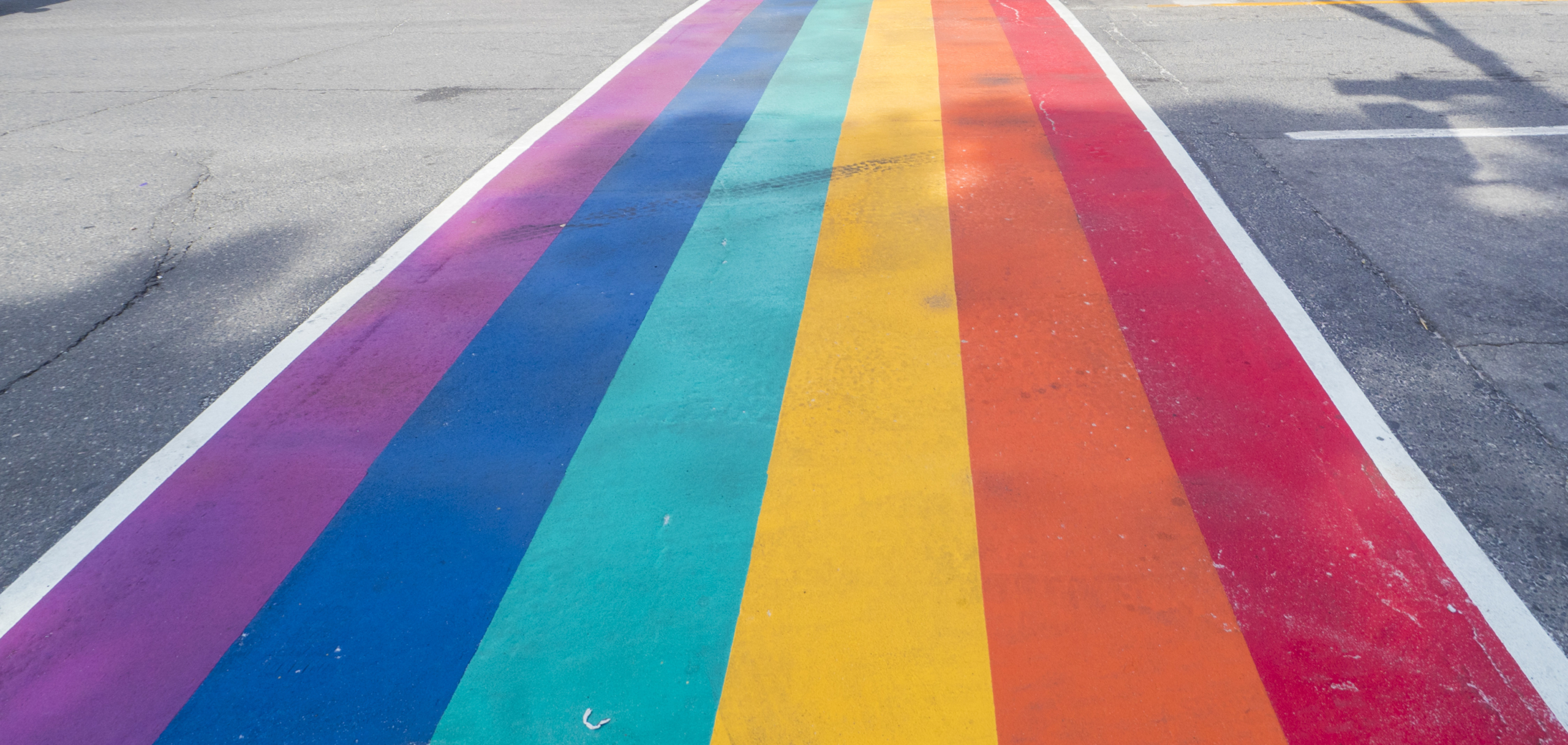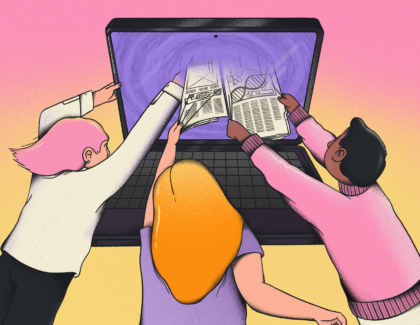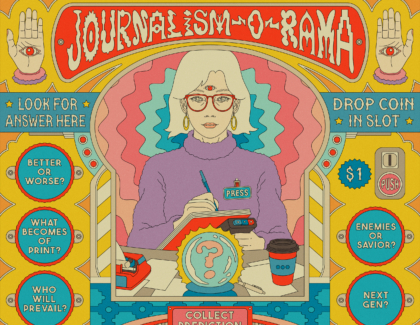Sign up for the daily CJR newsletter.
Last week, we talked about how “geek” had become almost a cool term for a computer savvy, but perhaps socially inept person. That happened with little input from the “geeks” themselves.
The same thing cannot be said of “queer.” Originally a derogatory name for a homosexual, “queer” has been embraced by some in the nonheterosexual community. In response, some activists in the gay community (to use a broad term) started calling themselves “queer” in a prideful way.
Since it first showed up in English about 1513, “queer” has always meant something not normal, something peculiar, something odd. Counterfeit money was “queer”; someone who is sick might say they “feel queer”; playground bullies would call someone “queer” without knowing or intending any sexual connotations.
ICYMI: A problematic USA Today scoop about people in prison amid government shutdown
The Oxford English Dictionary says the noun “queer” was first used to mean homosexual by the Marquess of Queensbury, in 1894. The Concise New Partridge Dictionary of Slang says the adjective “queer” began to mean “homosexual” about 1914, mostly in the United States, and notes it was “derogatory from the outside, not from within,” a hint that it was being embraced as a self-description even then.
Dictionaries show a progression for “queer.” The 1949 printing of Webster’s New Collegiate Dictionary lists just one slang usage for “queer”: “Counterfeit money.” (Keep in mind that general-circulation dictionaries back then often shied away from words or definitions that could be considered offensive, so they could be shared with schoolchildren.) The 1965 printing of Webster’s New World Dictionary, College Edition, lists “queer,” noun and adjective, as slang for homosexual. Not offensive slang, just slang.
Webster’s New World College Dictionary, Fifth Edition, the current one, used by the Associated Press and many news organizations, is expansive by comparison. It lists “queer” this way: “[Slang] homosexual: in general usage, still chiefly a slang term of contempt or derision, but lately used as by some academics and homosexual activists as a descriptive term without negative connotations.” (Even the dictionary can use a proofreader occasionally.)
The Dictionary of American Slang says “in the early 1990s queer was adopted as a non-pejorative designation by some homosexuals, in the spirit of ‘gay pride.’” The OED says that transformation began in the late 1980s.
What was happening then? It was the gay rights movement, spurred in part by the AIDS epidemic. Some sources trace the first adoption of “queer” as a positive self-label to the group Queer Nation, founded in the early 1990s as a radical organization to combat violence against homosexuals. “By co-opting the word ‘queer,’ QN claims, they have disarmed homophobes,” Newsweek wrote in 1991. Queer Nation was an offshoot of ACT UP, which stood for the AIDS coalition to Unleash Power, founded in 1987 as a protest group demanding more action to solve the AIDS crisis.
Since then, “queer” has expanded beyond meaning only “homosexual.” In fact, “queer” does not have a single meaning, except perhaps “not heterosexual.” Some people who identify as neither male nor female call themselves “genderqueer,” while others who identify that same way might call themselves “gender-fluid” or “nonbinary.” Even the “Q” in LGBTQ could stand for either “queer” or “questioning.”
“Queer” is a label, one adopted by some people, rejected by others. So it can’t be used to describe individuals, a group of specific individuals, or their gender orientations, unless their preference is known. And it can still sting. As the AP Stylebook says: “Queer is acceptable for people and organizations that use the term to identify themselves. Do not use it when intended as a slur.”
The New York Times Manual of Style and Usage says: “queer, in the sense of homosexual, should be treated as an offensive slur, but with a limited exception. Some gay men and lesbians have rehabilitated the term as an ironic badge of pride. In that sense, it may be used when the viewpoint is unmistakable. The term is acceptable in references to the emerging academic field of queer studies.” The Times’s limiting of “queer” to gay men and lesbians is, um, too limiting.
The style guide for NLGJA, the Association of LGBTQ Journalists, has this to say about “queer”:
Originally a pejorative term for gay, now being reclaimed by some gay, lesbian, bisexual and transgender people as a self-affirming umbrella term. Some straight people who identify with LGBT culture, such as children of queer parents, call themselves “culturally queer.” Queer is still offensive as an epithet; best used only in quotations or for formal names of organizations or events.
The word “queer” to mean “odd” or “unconventional” is probably skunked, meaning it has lost most of its earlier meaning and most people will immediately think of it in its gender-defining role or as offensive. And while “queer” is acceptable by some people or groups, even preferred, it is by no means a blanket term. As in most things journalistic, ask, or risk looking like the first syllable of “assume.”
ICYMI: BuzzFeed grilled over email sent ahead of Trump–Cohen bombshell
Has America ever needed a media defender more than now? Help us by joining CJR today.







